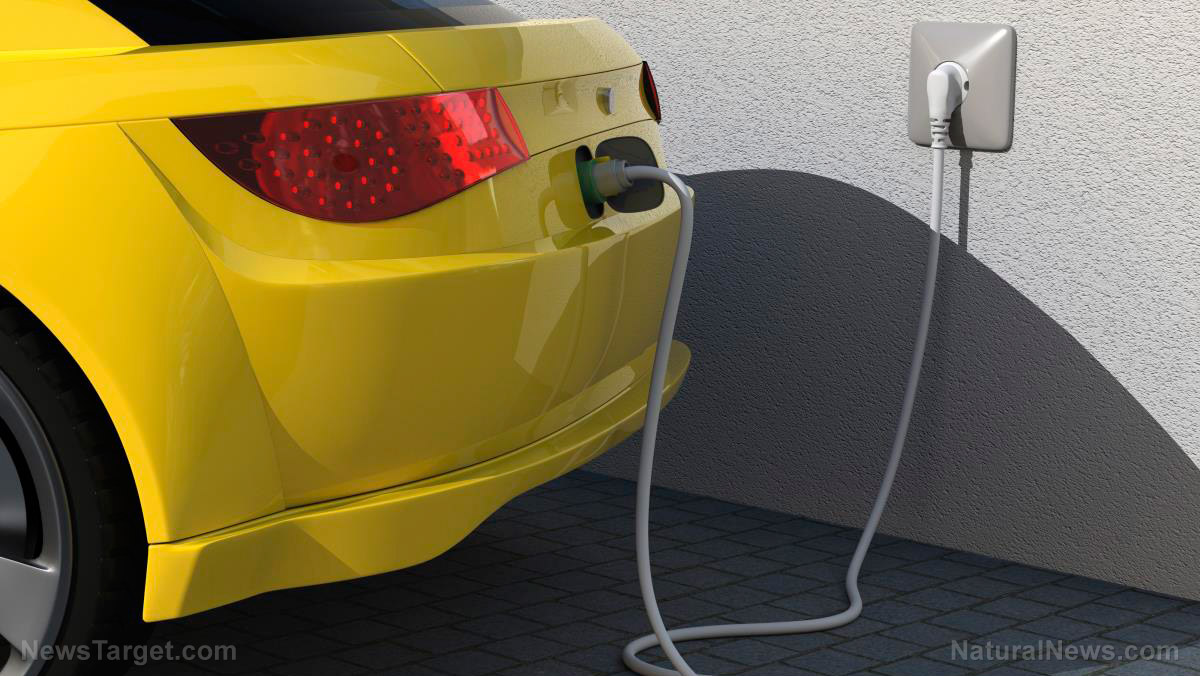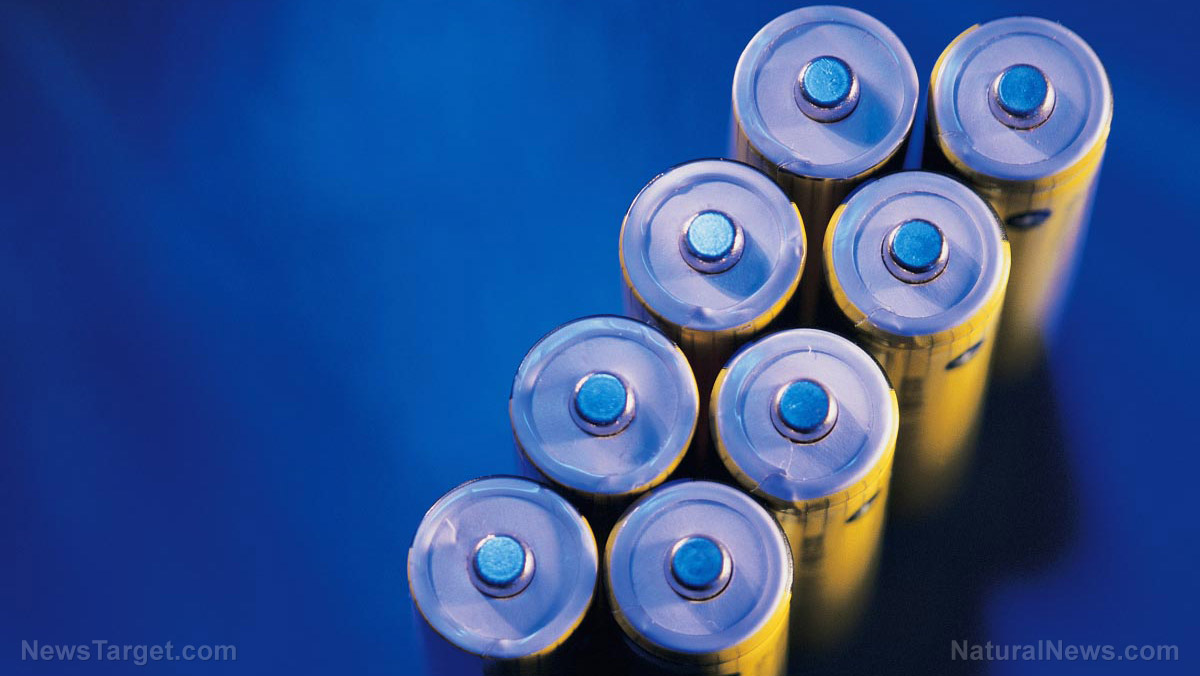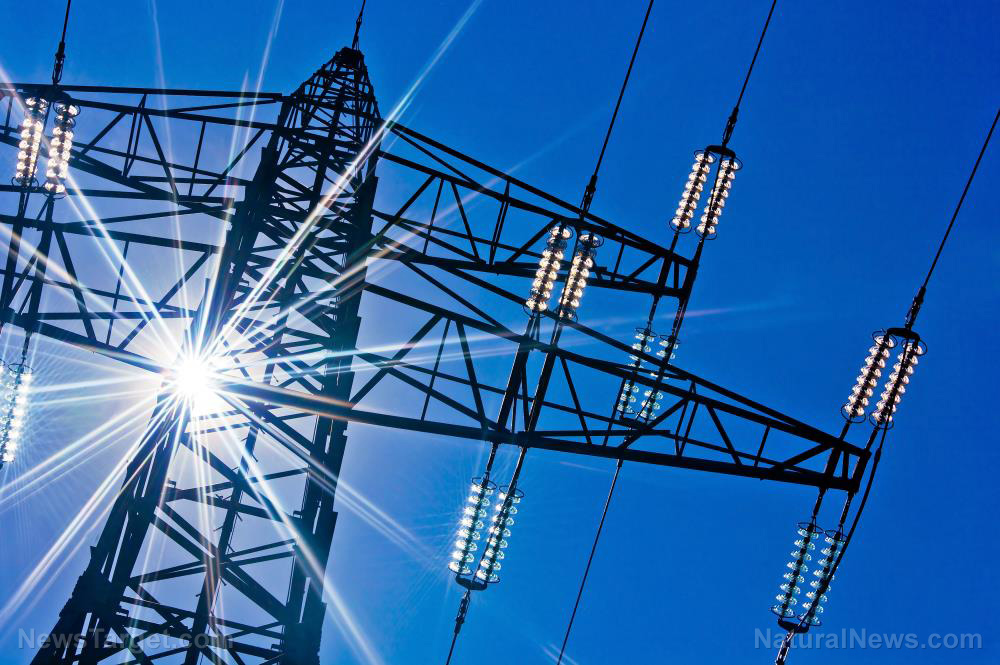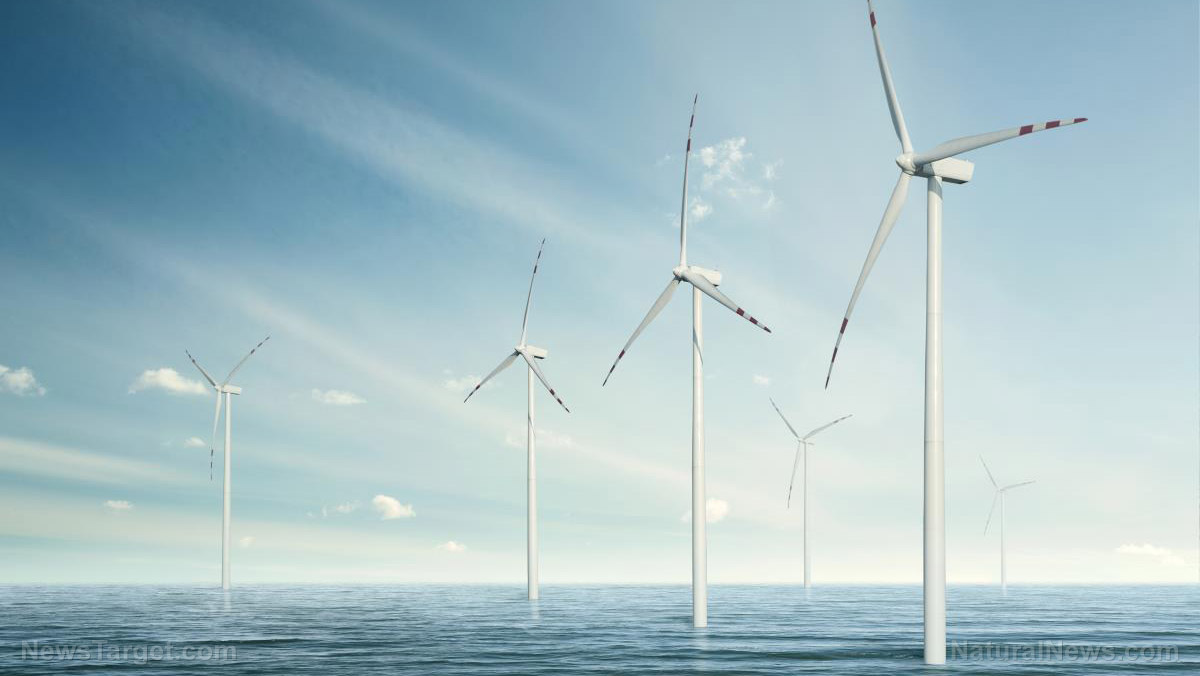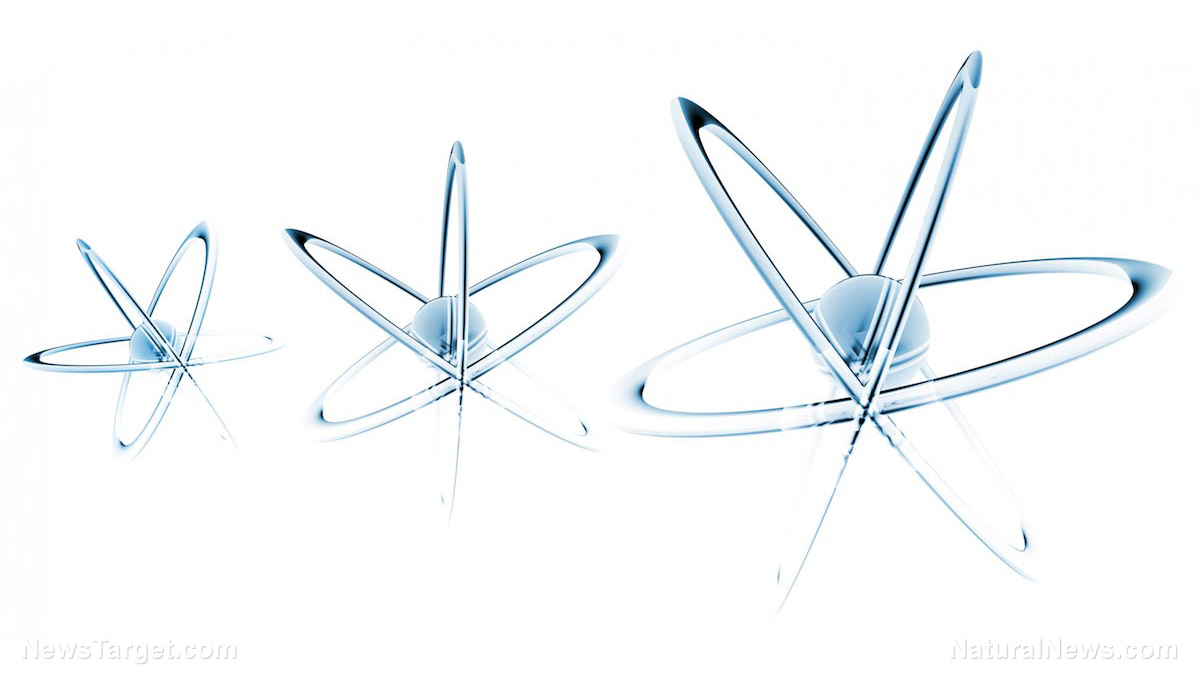Novel electrolytic process with plasma could open new doors in renewable energy
04/01/2019 / By Edsel Cook

Ohio-based researchers reported the successful revival of an old way of producing the very useful compound ammonia. They used a plasma-based electrolytic reaction to create ammonia from nitrogen and water. Furthermore, they did not need to use any hydrogen or solid metal catalysts.
Ammonia was first synthesized in the early 20th century. Nowadays, it is used to make fertilizer and numerous other products that are vital to modern day civilization.
Since the 1930s, chemical plants have been using the same method to produce ammonia in bulk. However, the chemical process required huge quantities of hydrogen gas, which could only be acquired from fossil fuels.
The requirement for large amounts of hydrocarbons has made ammonia one of the most energy-intensive chemicals to produce in large volumes. So Case Western Reserve University researchers looked for a new way to produce the chemical in conditions that have lower temperatures and pressures than current methods. (Related: Purple phototrophic bacteria being studied as a potential means to convert sewage to clean energy.)
New ammonia-making process doesn’t need heat, temperature, or fossil fuels
The Haber-Bosch method is the standard when it comes to producing ammonia for the commercial market. Named after the two German researchers who invented and refined it, the process subjects nitrogen and hydrogen to considerable pressure and heat. Then it adds an iron-based catalyst to further improve the rate of chemical reactions between the ingredients.
The German-developed method got a further boost in efficiency when the petroleum industry developed steam methane reforming techniques. The latter technique made it easier and cheaper to extract hydrogen from fossil fuels, making the Haber-Bosch approach even less expensive.
With this in mind, the Case researchers needed a different way to trigger the chemical bonds of molecules at ambient temperature. In particular, they needed an agent that could activate nitrogen.
They decided to use plasma, the ionized gas that is considered the fourth state of matter alongside solid, liquid, and gas. Plasma is made up of positive ions and free electrons, so it could affect the chemical bonds of nitrogen.
The new plasma-based process did not require the intense pressures, high heat levels, or hydrogen used by the Haber-Bosch method. It could therefore be adapted to much smaller and less energy-intensive chemical plants that could be hooked up to renewable energy sources.
A modern take on an old way of nitrogen fixation
The Case researchers drew inspiration from another nitrogen fixation method called the Birkeland-Eyde process. This earlier method was created by Norwegian researchers even before the Haber-Bosch process.
Instead of hydrogen, the Birkeland-Eyde process used oxygen as the partner of nitrogen. The process created nitrates, which is used in many of the same processes as ammonia.
The main reason as to why the Norwegian process lost out to the later German counterpart is because the Birkeland-Eyde process needed a lot of electricity. And during the early decades of the 20th century, electricity was in short supply.
To produce ammonia, the new technique used the process of electrolytic synthesis. It could be hooked up to renewable energy sources.
“However, like the Birkeland-Eyde process, we use a plasma, which is energy intensive,” explained Case researcher Mohan Sankaran, who developed the new technique alongside fellow researcher Julie Renner. “Electricity is still a barrier, but less so now, and with the increase in renewables, it may not be a barrier at all in the future.”
The Case researchers said that they were improving their plasma-based nitrogen fixation process so that it could match the efficiency of the Haber-Bosch method. If successful, the new Renner-Sankaran process could lead to smaller ammonia plants that are powered by clean energy.
Sources include:
Tagged Under: ammonia, breakthrough, catalyst, chemical process, Chemistry, discoveries, electricity, electrolytic synthesis, energy, fossil fuels, future tech, hydrogen, new energy, Nitrogen, physics, plasma, power, renewable energy, research, science, sustainable energy

